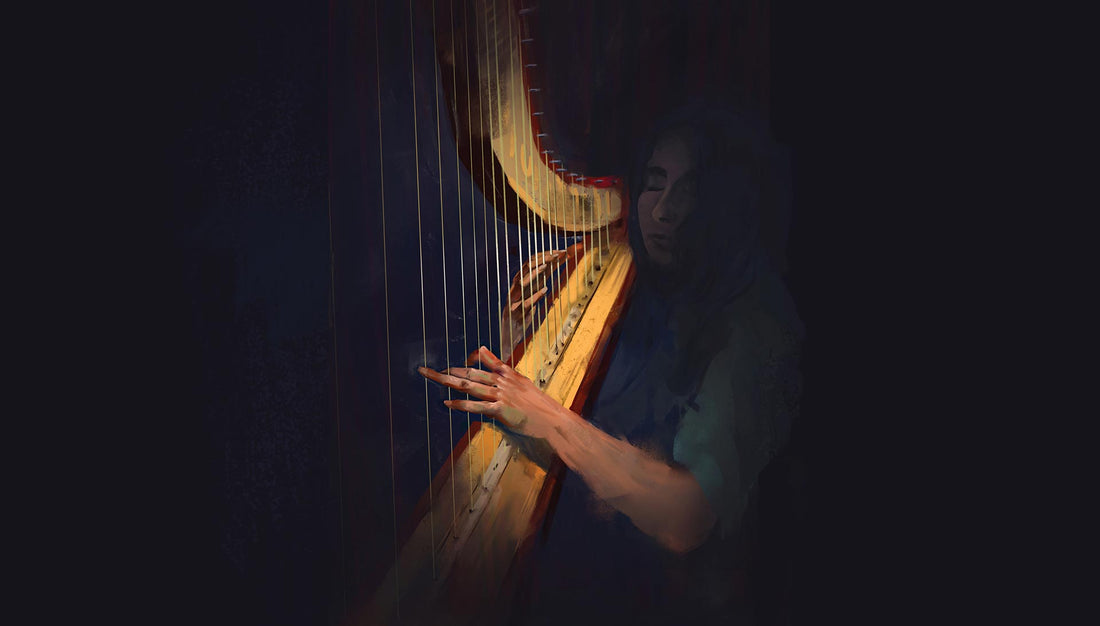Numbers have been on my mind lately: 97, 98, 99, 100 and now Issue 101. Yet I’d been completely nearsighted about the fact that 2020, just around the corner, is also the start of a new decade. (My family, who knows how my mind doesn't work...er, works, would not be surprised at this.) Naturally, this new beginning prompts us to look back at where we’ve traveled in life until now, and where might be going.
In the audio world, who knows what future tech and the work of clever designers might bring? After all, look how far we’ve gotten at the end of 2019: hi-res audio, a vinyl renaissance, access to millions of songs via streaming and other media, the growth of live performance, wireless music delivery and much more. Where might technologies like graphene speakers, quantum computing, superconductivity and others lead us? Why not work towards the goal of a practical direct brain/music interface?
In 2020 technology will continue to bring us closer to the music than ever before. We also have a rich heritage to draw from, and the journey’s far from over. Those thoughts should fill us with excitement and happiness.
In this issue: new to these pages, Robert Heiblim gives us an insider’s perspective on the evolution of hi-res audio. John Seetoo wraps up his interview with live sound pioneer John Meyer. J.I. Agnew takes a fond look at cassette tape. Dan Schwartz tells us about a very special microphone. Alón Sagee recounts a sublime moment in music listening. Don Kaplan gives us a fascinating historical look at "Queen of the Salons" Élisabeth de Caraman-Chimay. Tom Gibbs reviews The Later Years, a monumental new post-Roger Waters-era Pink Floyd box set.
Anne E. Johnson covers the careers of jazz legend Hugh Masekela and pop powerhouse Tina Turner. Bob Wood is in and out and back in the broadcast booth at WAMS and WARM. Professor Larry Schenbeck looks at the songs of Beethoven and innovator Leoš Janáček. Rich Isaacs contributes part one of the mighty Gentle Giant story. I interview James Lee Stanley, a musical survivor worthy of wider recognition. Our audio-visual department features cartoonist James Whitworth going through a phase, domestic harmony in the Audio Anthropology recording studio and a starry finale.



